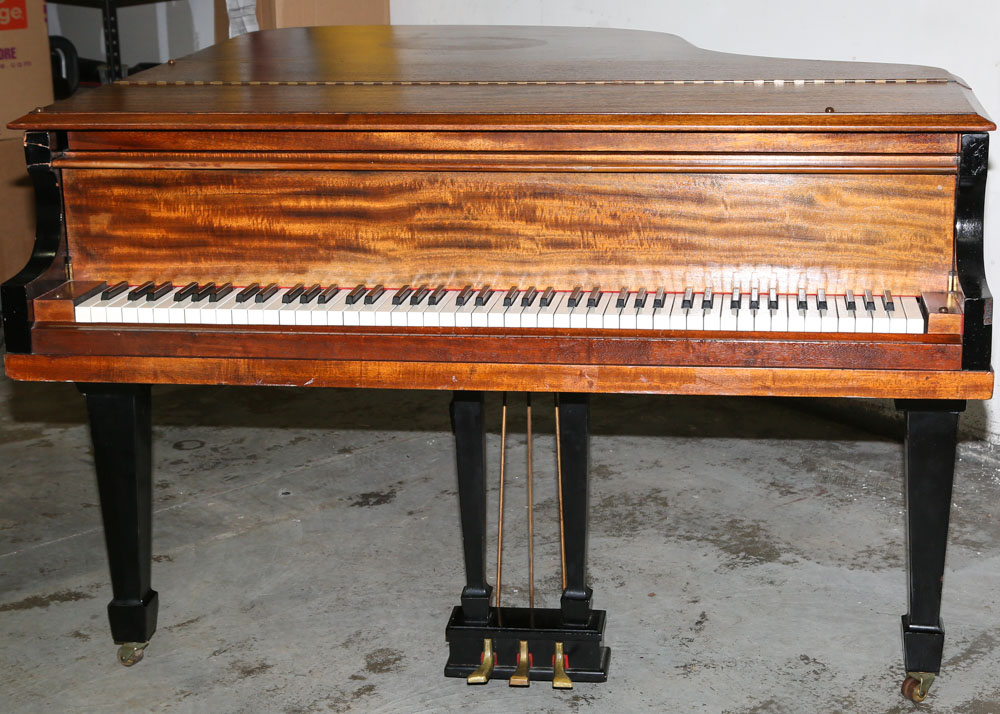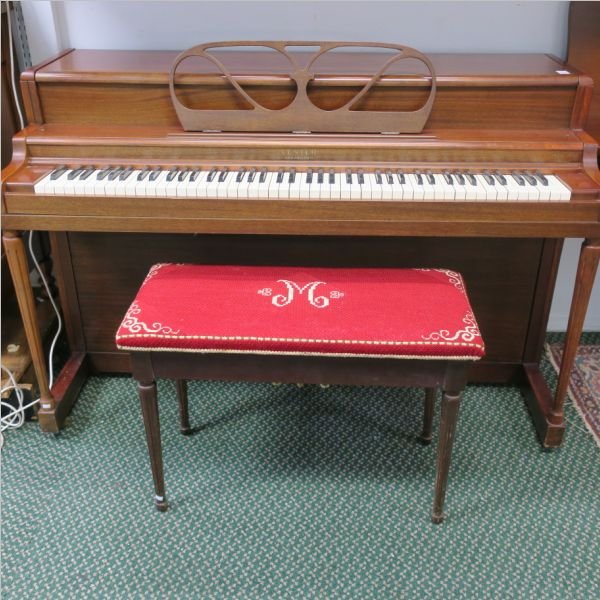

Such pianos may have had an extra-rough life because of their extra journeys. Makers of mail-order piano include: Beckwith, Beethoven, Schmoller & Mueller, and D.F. The next flyer emerged as an eight-page pamphlet, and soon the enterprise blossomed into a catalog of several hundred pages, complete with woodcut illustrations. He decided that to reach more people than he could visit single-handedly, he would print some fliers listing some of his most popular items. One of these salesmen was Montgomery Ward. For these people, traveling salesmen satisfied - though barely - shopping needs. The ever-enterprising Benjamin Franklin offered a catalog in 1744, listing almost 600 books, which he offered "satisfaction guaranteed." After the Civil War, the population began to move west once more, swelled greatly by the refugee families from the South and unemployed soldiers from both sides of the conflict. The first documented mail-order operation was in 1499 in Italy (books), followed by catalogs for seed (England, 1667) and saplings (U.S., 1771). To the traditional shopping expeditions to Chicago or "back East" was added the mail-order catalog. For those living in far-flung areas of the U.S., however, help was coming, wearing a white hat. 1900), the explosion sparkled to a close, moving westward no farther because the population dropped off sharply beyond Chicago and transportation of materials further west would drive up the price beyond what the economies of the area could bear. Starting in the Northeast (Boston, upstate New York, and especially New York City), piano manufacturing moved westward through Pennsylvania, Indiana, and Ohio toward Chicago.Ībout the time it reached the mid-West (ca. The economy of the North had been strong throughout the conflict and continued to grow after it. This manufacturing explosion was scarcely interrupted by the Civil War. I do not list American brands out of patriotic preference but because in the hundred-year period between 1820-1920, there was an explosion of piano building in America, so many of those 12,500 brands were American. My technician (make sure you deal with a Registered Piano Technician, not a "tuner") told me that in the last 200 or so years, there have been about 12,500 different brands of pianos made (not model names - brands)!Īs you read my comments on piano brands, below, you will note that many are American.

Information - Concerts, News,FAQs, Archives. Organs - Electronic (B3 etc.), Pipe, Theatre.
LESTER PIANO COMPANY PHILADELPHIA PENNSYLVANIA PARLOR GRAND PROFESSIONAL
Who's Who - Professional Pianists on Piano World Member Recordings - Non Classical Pianist CornerĮVENTS! Piano Concerts, Recitals, Competitions.įun Stuff! - Parties, Tours, Projects & More.įorum Members Parties, Tours, Cruises, & M. MY NEW PIANO or KEYBOARD! - Share Your Story! She has already gotten it, and is happy about it and you want to make her feel bad and have buyer's remorse? When you lose a deal to the competition do you trash the piano that the customer bought just so they feel bad if they didn't buy from you?ĭigital Pianos - Electronic Pianos - Synths &a. If the keys play and it can hold a tune, for her six year old, it is not the worst choice she could have made. We have reconditioned many spinets and many Lesters and although there are better choices for more money, they are fine for what they are, and if it is one without plastic elbow problems the Lesters were better than a lot of the crap that this country produced in the 70's and 80's. Would you recommend that they instead spend $300 on one of your Casio keyboards? Or maybe a nice rent to buy program on a Fukuyama at 22% interest (whatever that is)? Sometimes when a customer only has $300 to spend, a piano like this from a private party is better than a keyboard, better than a beat up old upright, better than spending $2500 that they don't have on a new piano from (insert former third world country here), and more importantly better than nothing at all.

Yeah Jimbo, you are right, you are being too negative.


 0 kommentar(er)
0 kommentar(er)
